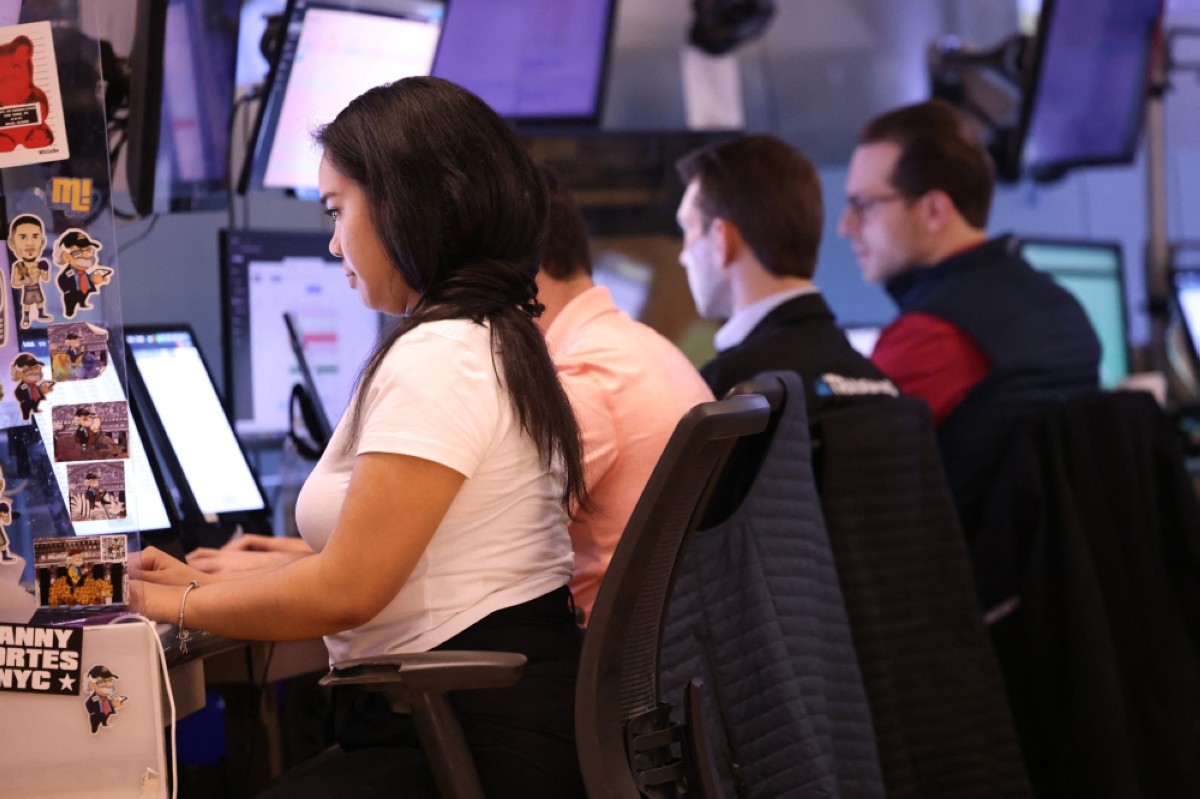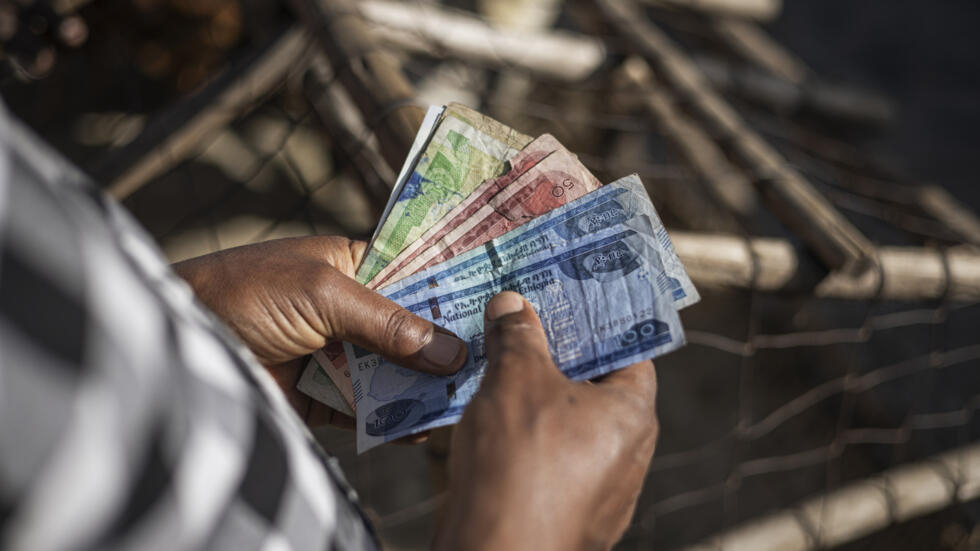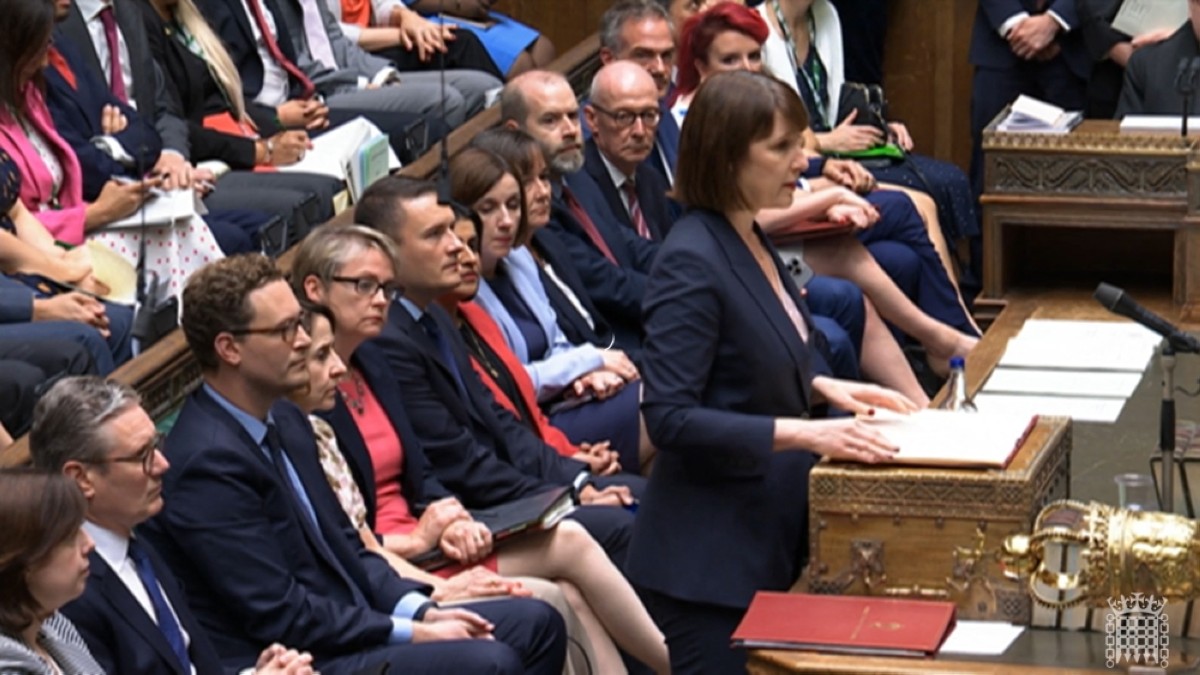Resilient US consumer spending foils prospects of early Fed cuts
KUWAIT: US retail sales in December expanded at a rate of 0.6 percent in the month-over-month figure, higher than the 0.4 percent expected figure.

Meanwhile, core retail sales, which excludes automobile, building material, gas, and food services, expanded by 0.4 percent, beating expectations of a 0.2 percent increase. The news release followed strong employment and wage gains in December, as well as an increase in consumer prices. The positive figure was met by a rising dollar against major currencies, stocks, and commodities.
The US dollar index rose to 103.45 on Wednesday, while the USD-JPY pair rose to 148.02, up from 140.73 in the beginning of the year, making the Japanese yen this year’s worst-performing currency. The equity market fell as the dollar gained, with the NASDAQ index falling 0.6 percent on the day. Similarly, the S&P500 index and the Dow Jones also ended the day lower.
Despite anticipation of interest rate cuts, investors shifted their focus on the stronger than expected data releases from the US, driving the 10-year treasury note yield to its highest levels in over a month, reaching around 4.102 percent. The 2-year note yield also experienced gains trading at around 4.352 percent on Wednesday, as markets are starting to expect prolonged higher inflation rates to remain amidst a resilient economy.
US jobless claims
The US labor market showed resilience at the start of the year as initial applications for benefits surprisingly fell last week to the lowest level in almost a year. Initial claims decreased by 16,000 coming in at 187,000 in the week ending Jan 13, versus the prior reading of 203,000 indicating that job growth remained steady in January. Moreover, along with the drop in weekly claims, continuing claims decreased by 26,000 to 1.906 million during the week ending in Jan 6, the lowest since October.
US FOMC member Christopher Waller, who was responsible for a big repricing of Fed expectations back in November, spoke on Tuesday and stated that the US is “within striking distance” of hitting the desired 2 percent inflation rate goal, adding that the central bank should not rush into any rate cuts until it is clear that a downward inflation trend is sustained. The FOMC member added that regardless of when the central bank starts cutting rates, policy makers should proceed “methodically and carefully”, to avoid large and fast reductions. Traders continued to price in rate cuts to begin in March, where the next Fed meeting scheduled in late January will be watched closely for any signals regarding interest rate decisions. The US dollar was seen rising.
UK consumer price index
The latest news release shows that Inflation in the United Kingdom rose beyond expectations for the month of December, with annual headline CPI coming in at 4 percent versus forecasts of a 3.8 percent print. The reading also surpassed November’s figure of 3.9 percent, showing the first rise in over a year. Core inflation, which excludes food and energy prices, remains sticky, coming in at 5.1 percent as expected. The rise in inflation figures was driven by the services sector, with the print showing an acceleration of services inflation to 6.4 percent from 6.3 percent previously.
British retail sales plunged in December, marking the biggest decline since January 2021 when the reintroduction of pandemic restrictions knocked sales heavily. This raises the risk that the UK economy fell into a technical recession at the end of last year. In December, which is traditionally boosted by Christmas gift buying, UK Retail Sales MoM fell sharply by -3.2 percent, significantly worse than the -0.5 percent that had been expected by economists.
Commenting on the data, Heather Bovill from the UK’s Office for National Statistics (ONS) said, “food stores performed very poorly, with their steepest fall since May 2021 as early Christmas shopping led to slow December sales”. Core Retail Sales, excluding auto fuel, also declined by 3.3 percent MoM, compared to the forecasted fall of -0.6 percent. On a YoY basis UK Retail Sales fell by -2.4 percent last month vs an anticipated rise of 1.1 percent while Core Retail Sales for the same period decreased by -2.1 percent vs the 1.4 percent gain that had been expected.
The sterling traded sideways over the past week. However, the currency pair lost its footing following the disappointing retail sales on Friday and closed the week lower at1.2700.
In Japan, wholesale inflation data came in flat for the month of December, compared to forecasts of -0.3 percent, marking the 12th consecutive slowdown for the figure. The slowdown in wholesale inflation can be partly attributed to government subsidies to curb petrol and utility bills, where some BoJ officials expected it to have contributed to a 0.9 percent drop in wholesale prices. The BoJ is scheduled to have a meeting later in the month, where it is expected that they will keep the policy rates unchanged but cut their core consumption inflation forecast for 2024.
The yen underperformed over the week, closing at 148.14.
China’s GDP
The latest from China comes to show that the world’s second largest economy continues to struggle to get back to where it once was pre-pandemic. Weak consumer, business confidence and a significant real estate crisis have all exerted pressure on the economy. Gross domestic product (GDP) grew 5.2 percent in Q4, slightly above the third quarter growth of 4.9 percent, but still below the forecast 5.3 percent growth.
The weak demand in the Chinese economy, along with deflationary pressures, have increased expectations that the government will have to introduce more stimulus measures soon. The latest discouraging data has seen stocks in China, already near five-year lows, drop even further. According to the China Beige Book International’s latest survey, “any true acceleration (this year) will require either a major global upside surprise or more active government policy,” and that is in line with market expectations that policymakers will have to commit soon.
The USD/CNY currency pair traded sideways the week, last trading at 7.1931.
Kuwait
Kuwaiti dinar
USD/KWD closed last week at 0.30745.











